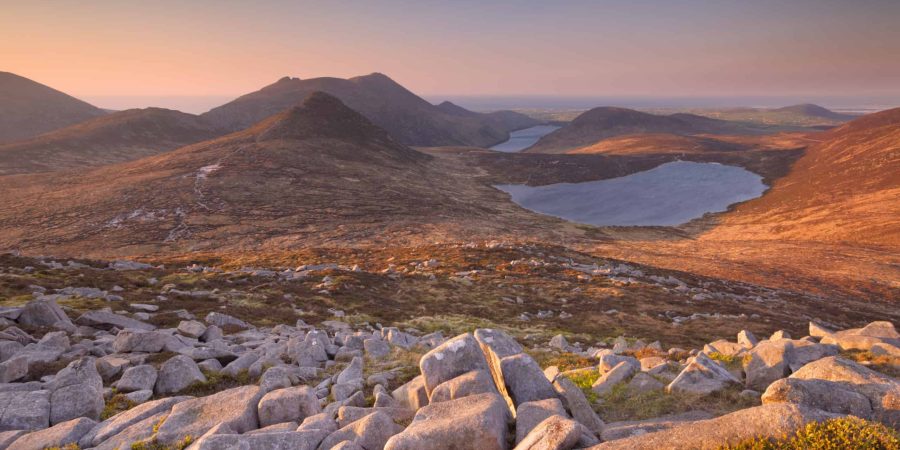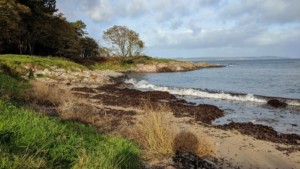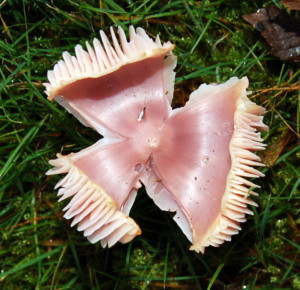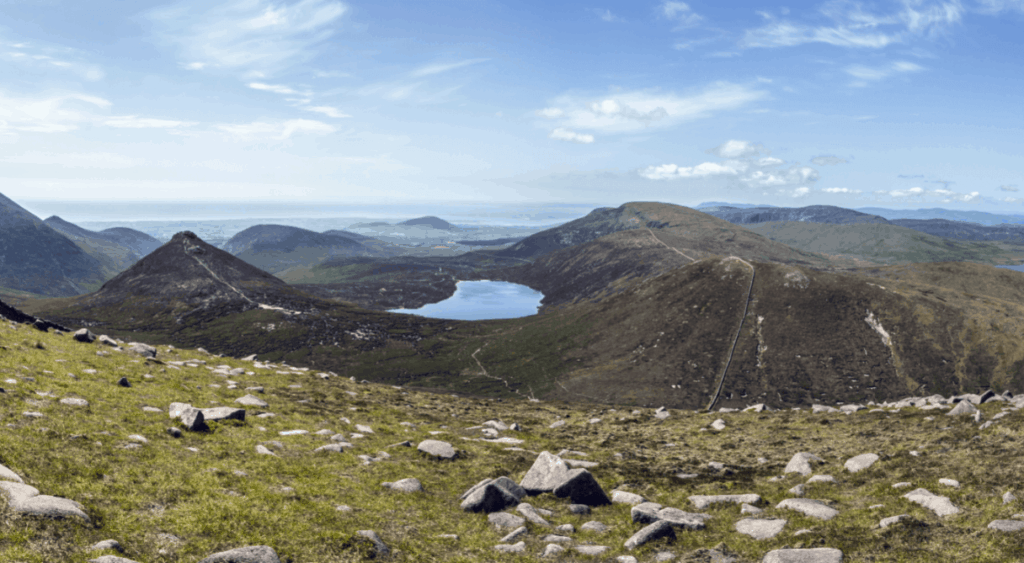
Sweeping down to the sea from their closely grouped peaks, the Mourne mountains offer a variety of access routes and views that make them Northern Ireland’s most popular upland walking area. They also contain an array of valuable and sensitive habitats and are designated an Area of Special Scientific Interest (ASSI) for the internationally important upland heath mosaic of heathers, mosses and other specialist plants. Also of interest is the legacy of man’s imprint on the landscape from the remnants of quarrying that sent granite across the world, some of the old quarry tracks now favourite walking routes and the building of the Silent Valley reservoirs that supply much of our water.
The magnificent dry stone Mourne Wall
A listed monument spanning 22 miles and crossing the highest peaks, encloses the water catchment. This and other traditional dry stone walls are important for stock management in what is still a farmed landscape, mostly with sheep.
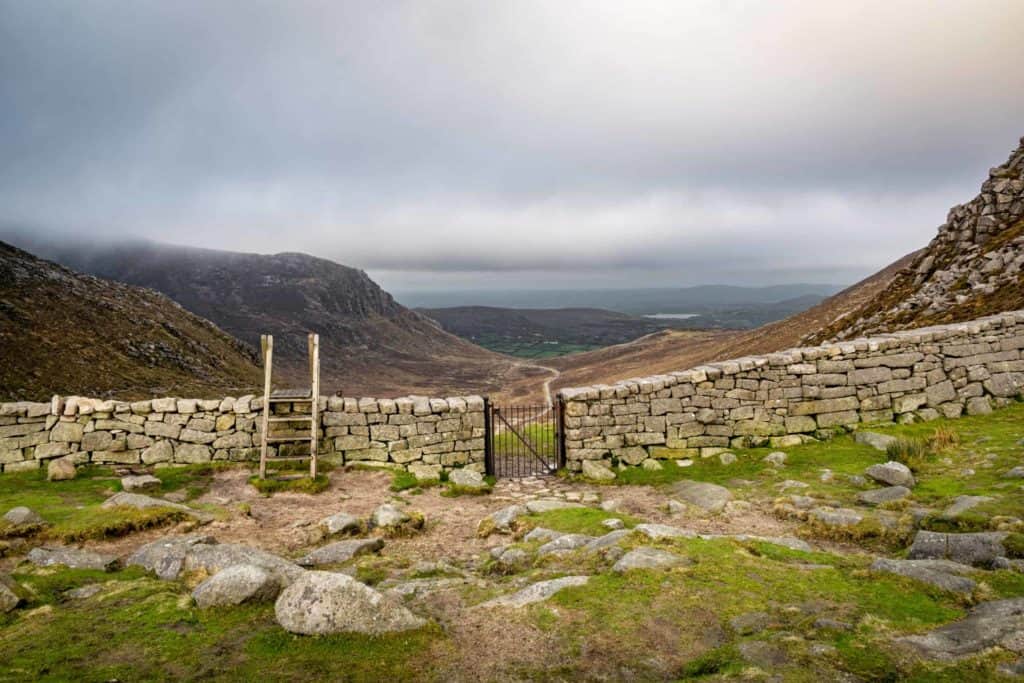
The months since the easing of lockdown measures have seen use of the access reach unprecedented levels. Along with the pent-up demand from those for whom the Mournes has almost been a second home, many people – whether on staycations or adopting healthier lifestyles day to day – are discovering the area and vowing to return. This trend towards greater use and appreciation of nature and the outdoors is to be welcomed but has not, unfortunately, been without a variety of negative impacts on the landscape, some quite significant. Among these are litter, inappropriate camping, illegal and obstructive parking on rural roads, obstruction of access to farmland and/or leaving open of gates, dog attacks on sheep, careless use of fire leading to wildfires and erosion of sensitive habitats.
Mourne Heritage Trust
A Ranger service undertakes regular patrols to monitor and clear up litter hotpots and to provide early warning of other issues as well as repairing and maintaining paths. The Trust also works with the private landowners who own and farm parts of the Mournes to repair stone walls and other boundaries and provide signage.to advise and direct visitors. Other landowners, including National Trust, Forest Service and NI Water also provide some or all of these visitor management functions.
Impacts of COVID-19
However even this collective effort not helped by the impacts of Covid 19 on available resources and constraints on working practices – is struggling to meet the greatly increased demand and keep on top of the issues. All those visiting the Mournes are therefore urged to familiarise themselves with and follow the principles of Leave No Trace and the advice provided by government for outdoor activity. This will help ensure that the access we all enjoy is sustainable for both this precious and fragile landscape and the rural communities that live in and depend on it.
